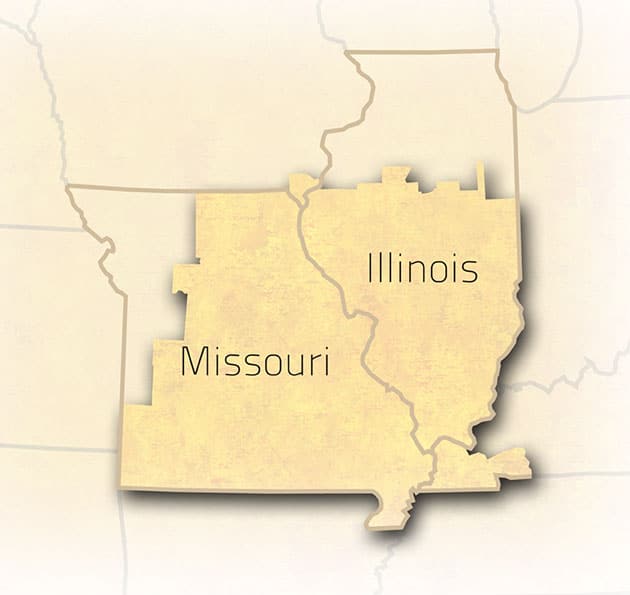Selecting the Right Industrial or Hydraulic Hose for Your Application
Posted by Admin
Choosing the best hose, fittings, and hose assemblies can be difficult. Even the terminology used when discussing industrial and hydraulic hose, can be confusing.
Industrial Hose: any hose not used in a hydraulic application- which includes air and water. The medias industrial hose can transfer include: abrasive materials, acid, chemicals, compressed gases, food, beverage, fuel, oil, steam, welding gases, and many other products. This hose can be made of a variety of materials, depending on the media it needs to move.
Hydraulic Hose: hydraulic hose is specifically designed to convey hydraulic fluid to or among hydraulic components, valves, actuators, and tools. It is typically flexible, often reinforced, and usually constructed with several layers of reinforcement since hydraulic systems frequently operate at high or even extremely high pressures.
Regardless of what type of hose your job requires, there are steps you can take to ensure you select the right hose and fittings for safe, efficient operation.
The acronym S.T.A.M.P.E.D is one to remember. Answering the questions it presents and considering each aspect of S.T.A.M.P.E.D will help you choose the best hose for your application.
Size
Size refers to the i.d. (inside diameter) of the hose. This is the industry standard in getting an accurate measurement of a hose. However, the o.d. (outside diameter) might also be a critical measurement- depending on what space it will operate in- which can be just as important.
What is the inside diameter of hose is required?
Is the outside diameter critical?
What length is required?
Is the exact, overall length- including fittings- critical?
Temperature
Temperature should be discussed when recommending a hose. Both the temperature of what’s being conveyed through the hose, as well as the ambient temperature can make a difference in the proper hose selection.
What temperature is the media that is to be conveyed?
What ambient temperatures with the outside hose material be exposed to?
Keep in mind: maximum intermittent ambient temperature, fluid temperature, ambient temperature, maximum temperature and sub-zero exposure.
Application
Application refers to how the hose will be used, and under what conditions.
Where will the hose be used?
How will it be handled or installed?
Will there be any flexing, bending, abrasion, exposure to chemicals or oils?
Has the current or previous hose (if being replaced) performed well under the conditions?
Are there any regulation requirements (FDA, ULC, Coast Guard, etc.)?
What will happen if the hose fails?
Material/Media
Media specifies what is being conveyed through the hose.
Is the hose going to be subjected to abrasives, caustics, or other chemicals?
Will the chemicals or abrasives sit in one section of hose for a long time?
If it is chemical, what concentration?
Is the media wet or dry?
Pressure
The hose should be able to handle the highest pressure that the system will see in operating conditions. Using a hose that isn't rated high enough can cause serious injury, and even death.
Most hose is made to a 3:1 or 4:1 burst to working pressure safety factor. For example, a 4:1 hose that has a working pressure of 2000 psi (pounds per square inch), would have a burst pressure of 8000 psi...although, this doesn’t mean you should go over the 2000 psi limit for which the manufacturer has rated it.
Ends
Style, type, orientation and attachment methods, among others, are included in this section. Uncoupled or coupled hoses, hoses with built-in fittings, end styles, materials and dimensions, and conductivity requirements should be considered.
What fittings will go on the end of the hose?
What style thread is necessary to connect the hose to your equipment?
In the case of elbows, what is the correct orientation of the 45 degree or 90 degree fittings to face?
What metal should be used (based on material conveyed), ie: aluminum, stainless, brass, etc.?
Delivery
Delivery to be considered includes customer requirements, testing requirements, certification requirements, special packaging and shipping requirements, tagging requirements and can also refer to determined overall length when working with metal hoses.
Determining your hose requirements with the S.T.A.M.P.E.D selection system is critical to ensuring maximum performance and equipment life, efficiency, and most importantly, safety. For more tips or for help selecting the best hose assembly for your project, call John Henry Foster at 1-800-444-0522.

